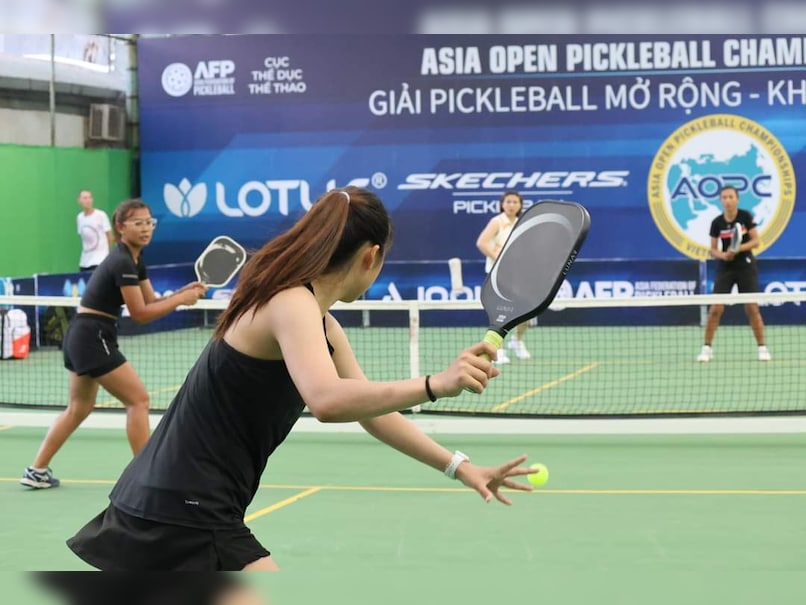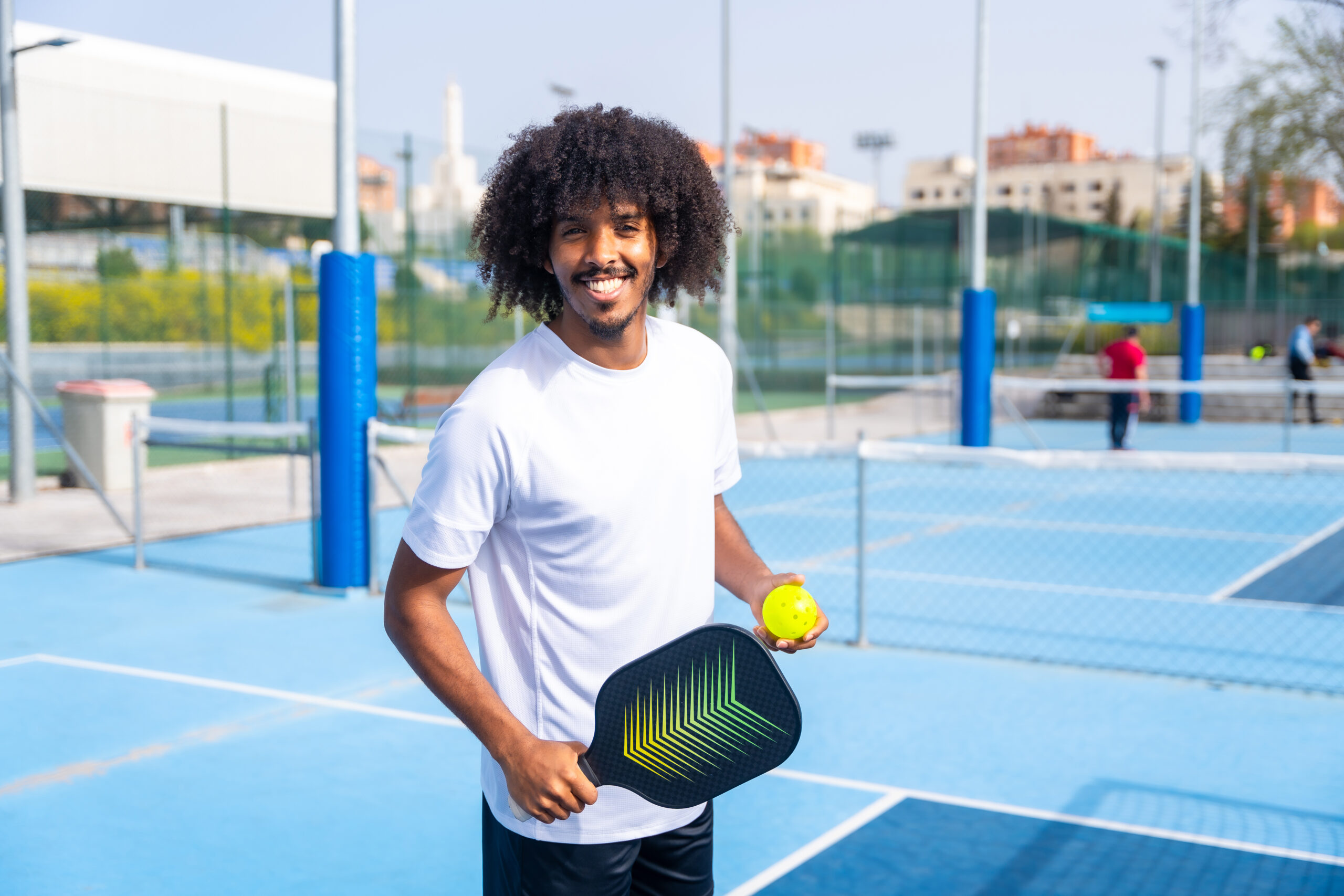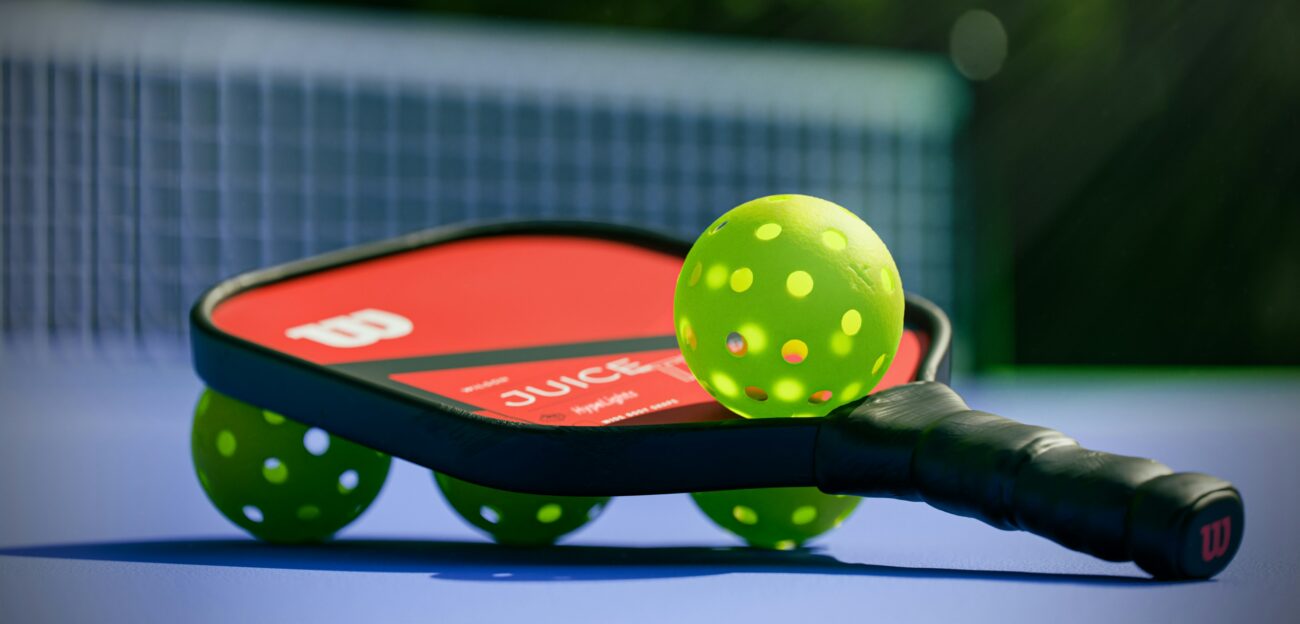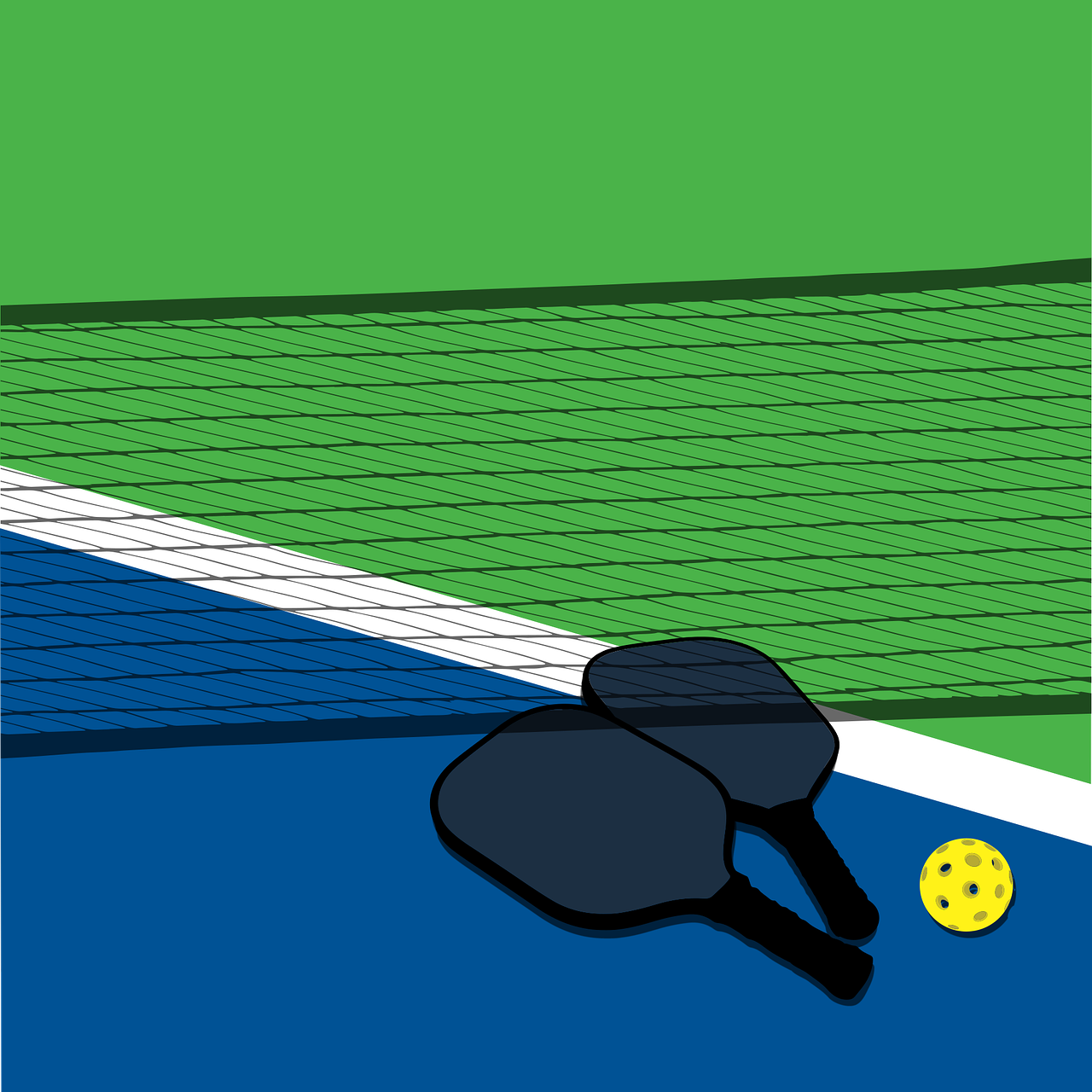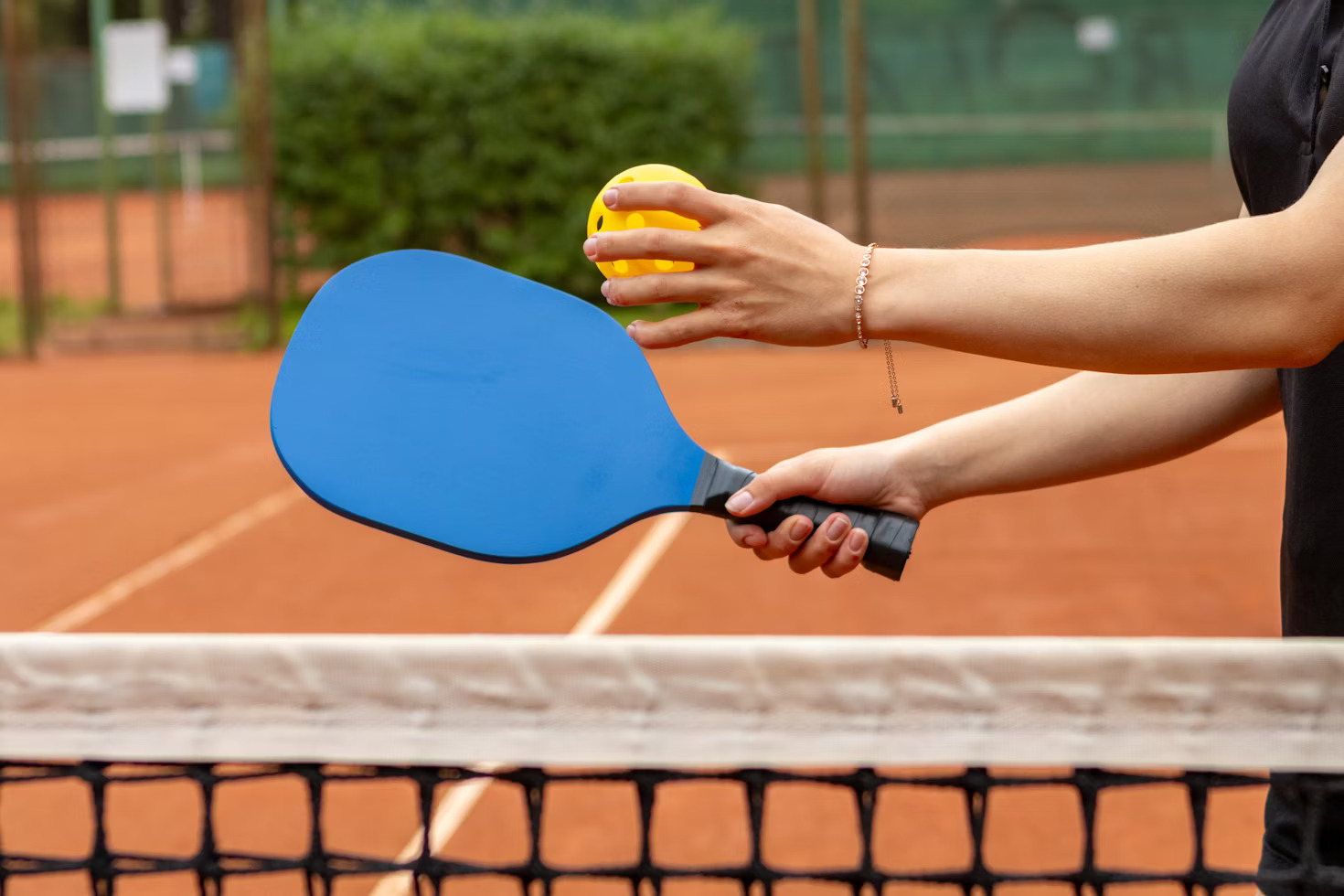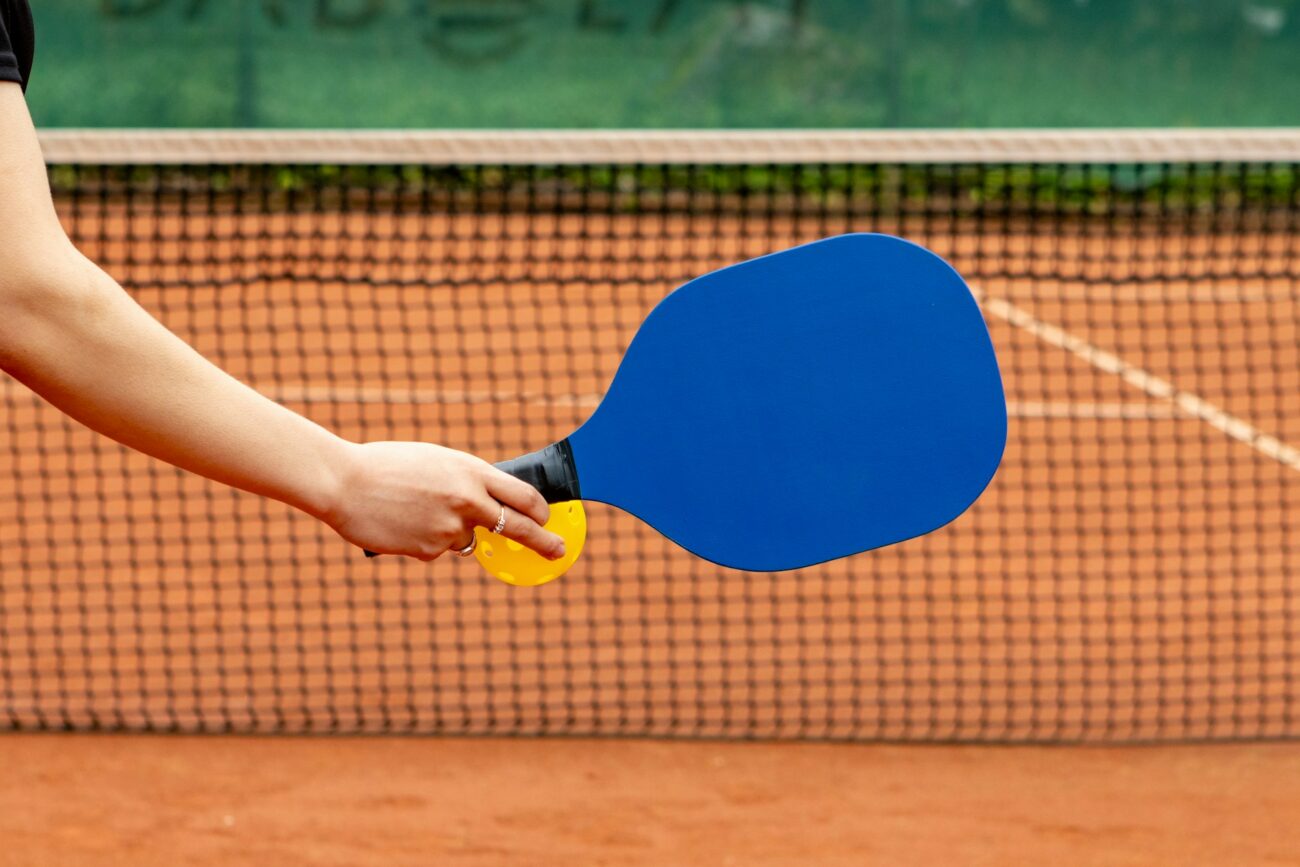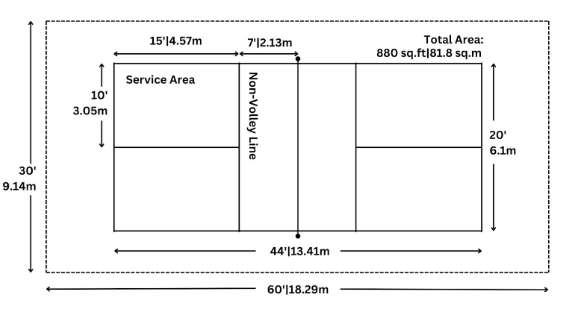Discovering the Benefits of Pickleball: A Sport for All Ages
Pickleball has become a sensation that goes far beyond being just a fun way to spend a Saturday afternoon with friends; it truly serves as a remarkable avenue for improving your health and boosting your overall well-being. This dynamic sport, which blends elements of tennis, badminton, and ping-pong, is both accessible and enjoyable for people of every age. Having embraced the joy of pickleball myself, I can wholeheartedly share the many health benefits it offers while recounting the wonderful experiences I’ve had on the court. Let’s take a closer look at why pickleball is truly a fantastic sport for everyone.
1. Cardiovascular Health
One of the most notable perks of pounding the pickleball court is how it positively influences cardiovascular health. When you engage in a game, your heart rate gets elevated, promoting better blood circulation, which is essential for a healthy heart. I’ve learned that simply playing a 30-minute match can elevate your heart rate by around 14% and burn 36% more calories than a leisurely walk. There’s something about the enjoyment of the game that encourages you to stay active without the intimidating pressure often associated with more strenuous workouts. For anyone at any fitness level, this makes pickleball a sustainable and enjoyable exercise option.
2. Flexibility and Coordination
The fast-paced nature of pickleball demands quick reflexes and rapid movements, leading to noticeable improvements in hand-eye coordination and balance. I’ve observed a significant boost in my own agility on the court, which isn’t just confined to my sports performance; it has an impact on everyday activities as well. The constant lateral movement and sudden bursts of energy during play help enhance joint flexibility, making you feel more nimble in your daily life.
3. Boosted Mood and Stress Relief
After spending hours laughing and playing on the pickleball court, it’s no wonder that I often walk away feeling uplifted. Physical activity releases endorphins, those wonderful “feel-good” hormones that help stave off anxiety and lift your mood. The camaraderie and shared laughter among players create a strong sense of community. I’ll never forget one Saturday where I was feeling drained after a tough week at college; just an hour of pickleball transformed my outlook, leaving me rejuvenated and stress-free.
4. Enhanced Cognitive Function
Pickleball isn’t just a physical workout; it’s a mental challenge as well. The sport requires strategic thinking, quick decision-making, and adaptability, all of which stimulate cognitive functions. Research has shown that engaging in activities like pickleball can enhance problem-solving skills and mental sharpness. I find it particularly appealing that it offers this dual benefit of keeping both my body and mind in shape, especially as I look to keep myself sharp as I age.
5. Building Social Connections
What sets pickleball apart is its inherently social nature. Whether you’re teaming up with friends or meeting new people during a game, the opportunities for interaction are plentiful. Studies suggest that regularly participating in social activities can combat feelings of loneliness while improving emotional well-being. Personally, I’ve formed friendships that extend well beyond the court, creating a strong support network and enriching my life in many ways.
6. Suitable for All Ages and Skill Levels
One of the best things about pickleball is its inclusivity. The smaller court size and slower-paced gameplay make it approachable for beginners, while its low-impact nature is gentle on the joints, making it perfect for older adults and those with physical limitations. I cherish the moments when I get to play alongside my parents and younger cousins, sharing laughter and healthy competition that brings our family closer together. It’s an activity that invites all generations to participate and connect.
Pickleball is brimming with health benefits that resonate with people from all walks of life. From enhancing cardiovascular health and flexibility to uplifting one’s mood and fostering social connections, it’s a sport that can genuinely bring joy to everyone involved. Whether you’re a seasoned pro or just looking for a fun way to stay active, I wholeheartedly encourage you to give pickleball a try.
If you haven’t yet picked up a paddle, why not join a local league or gather some friends for a game? Embrace the excitement, reap the health rewards, and see for yourself why pickleball is swiftly becoming India’s favourite pastime!

